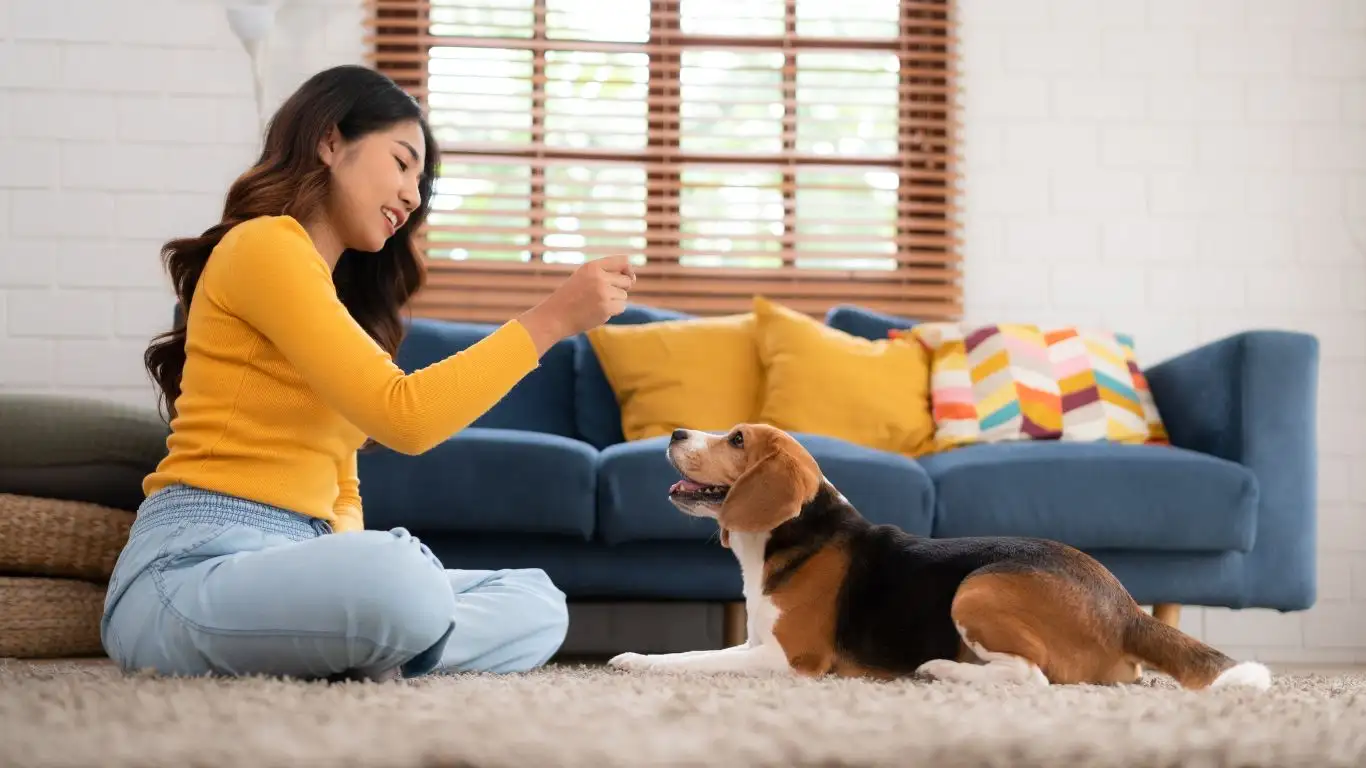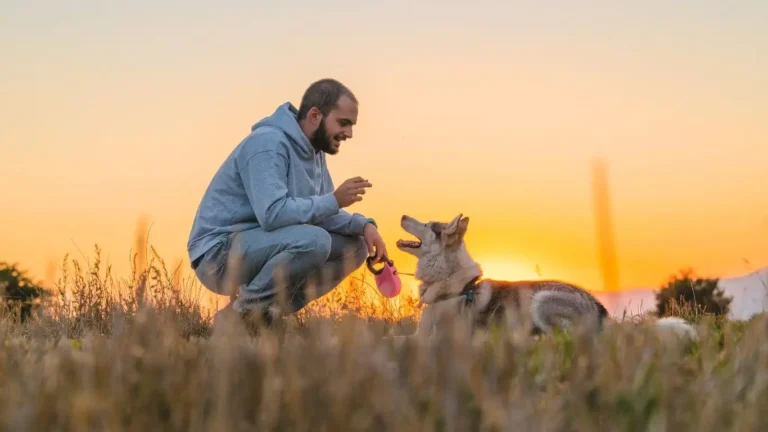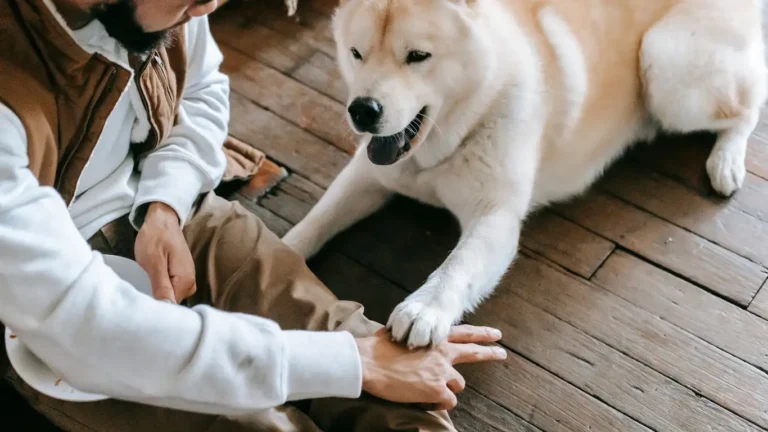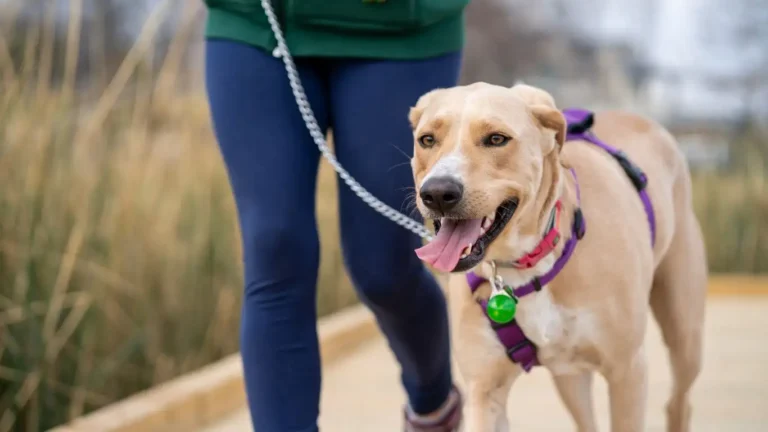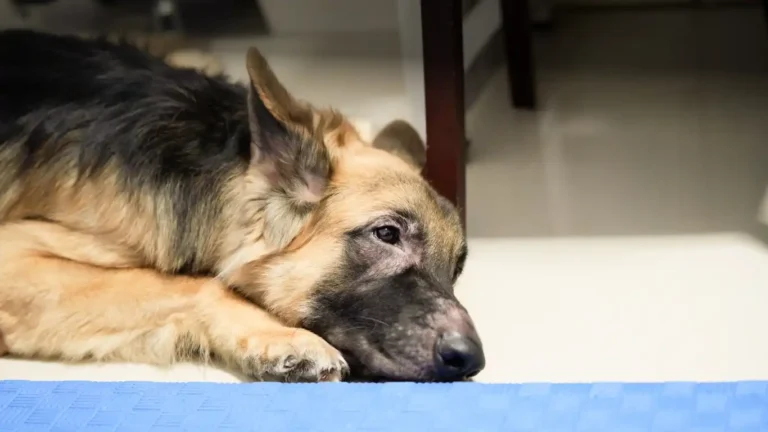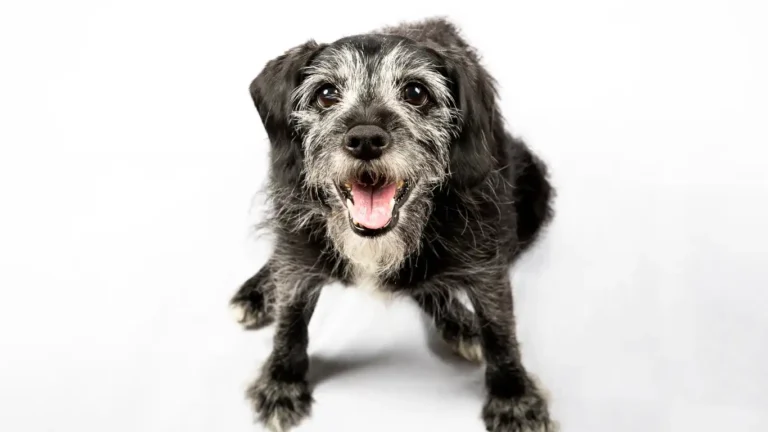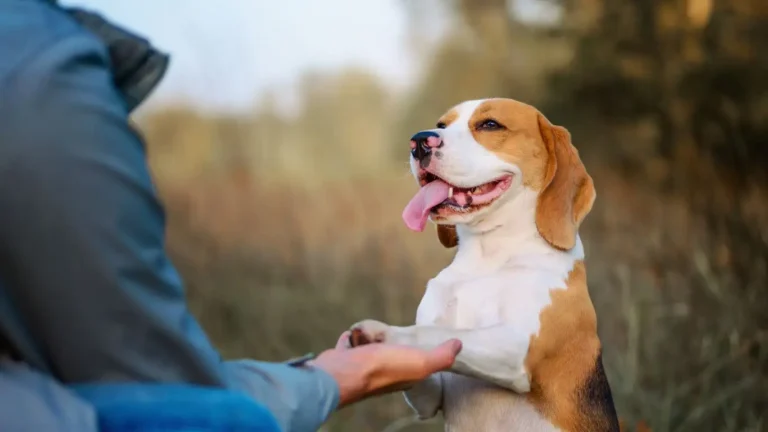Master How to Train a Dog to Recognize Different Toys by Name Fast
If you’ve ever wished your dog could fetch Mr. Squeaky or Banana Bear on command, you’re in the right place. Today, we’re diving into how to train a dog to recognize different toys by name. As a Canine-Assisted Therapy Trainer, I’ve spent more hours than I can count working with pups who not only bring joy to others but also learn clever tricks that boost their confidence and mental sharpness. Teaching toy recognition isn’t just a party trick—it’s brain-boosting enrichment that taps into your dog’s natural problem-solving skills. Plus, it’s honestly adorable to watch.
Why Teach Toy Name Recognition?
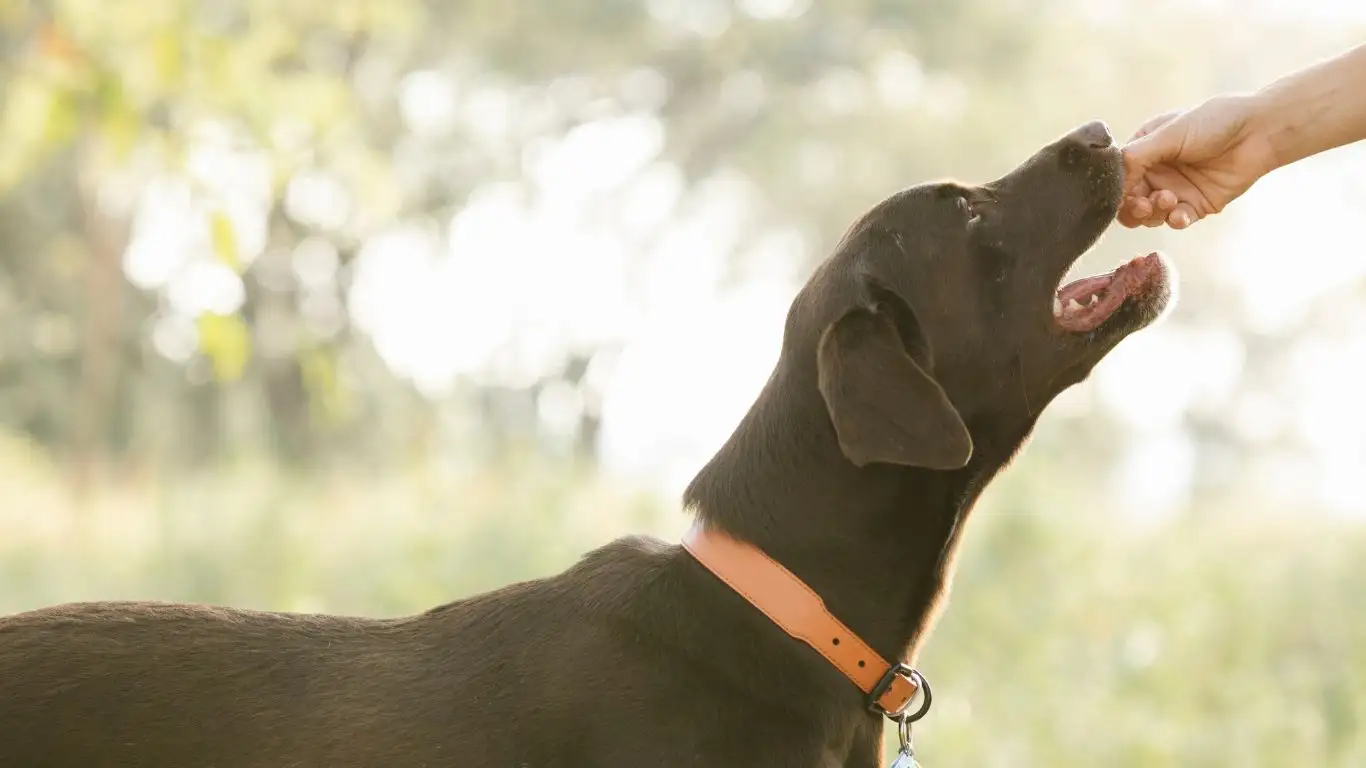
Alright, so why go beyond the usual “sit,” “stay,” and “roll over”? First off, dogs love having jobs. When we ask them to distinguish between toys, we’re not just teaching commands—we’re encouraging mental engagement, deepening our bond, and giving them something fun to do on rainy days. In therapy work, this kind of task gives dogs more autonomy and often helps nervous pups become more confident.
I remember working with a rescue named Tilly, a scruffy little mix who was unsure about most things in life—except her stuffed flamingo. Once we started using that toy in training, it became her gateway to trust. Eventually, she could pick out Flamingo, Duckie, and Croco from a pile, and she absolutely lit up when she got it right. That’s the power of this kind of training—it’s playful, yet transformative.
How Dogs Learn Words (Yes, Really)
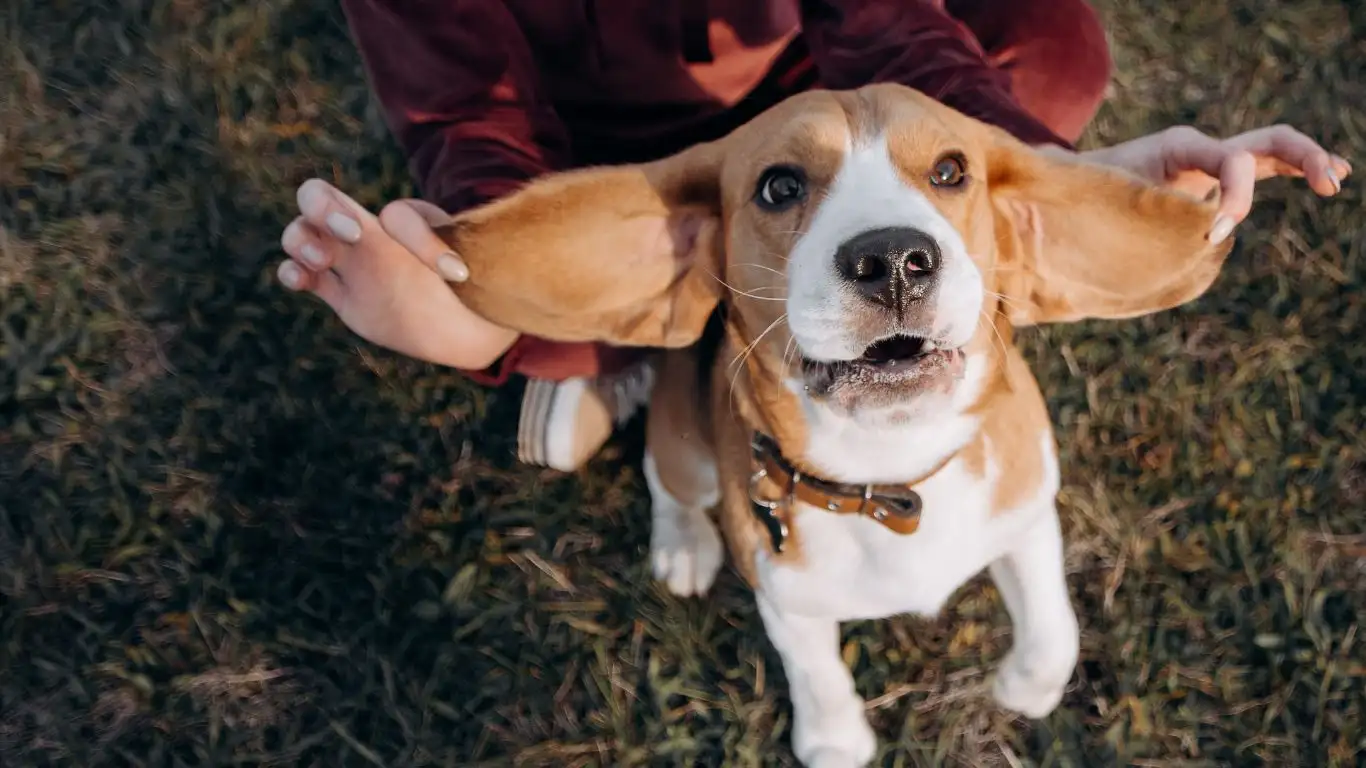
Dogs don’t learn language like humans, but they’re amazing at pattern recognition. They pair the sound of a word with a specific object or action, especially when repetition and positive reinforcement are involved. Remember Chaser, the Border Collie who learned over 1,000 words? Yeah, your dog probably won’t need that kind of vocabulary, but learning 5-10 toy names is totally doable—even for the average couch potato pup.
Let’s Break It Down
- Association: Your dog hears “Froggy” and sees the frog toy.
- Repetition: You say “Froggy” every time you play with or present that toy.
- Reward: Your dog touches, picks up, or brings Froggy—treat time!
This cycle strengthens the link in their brain. Simple? Yes. But consistent? That’s the secret sauce.
Step-by-Step: How to Train a Dog to Recognize Different Toys by Name
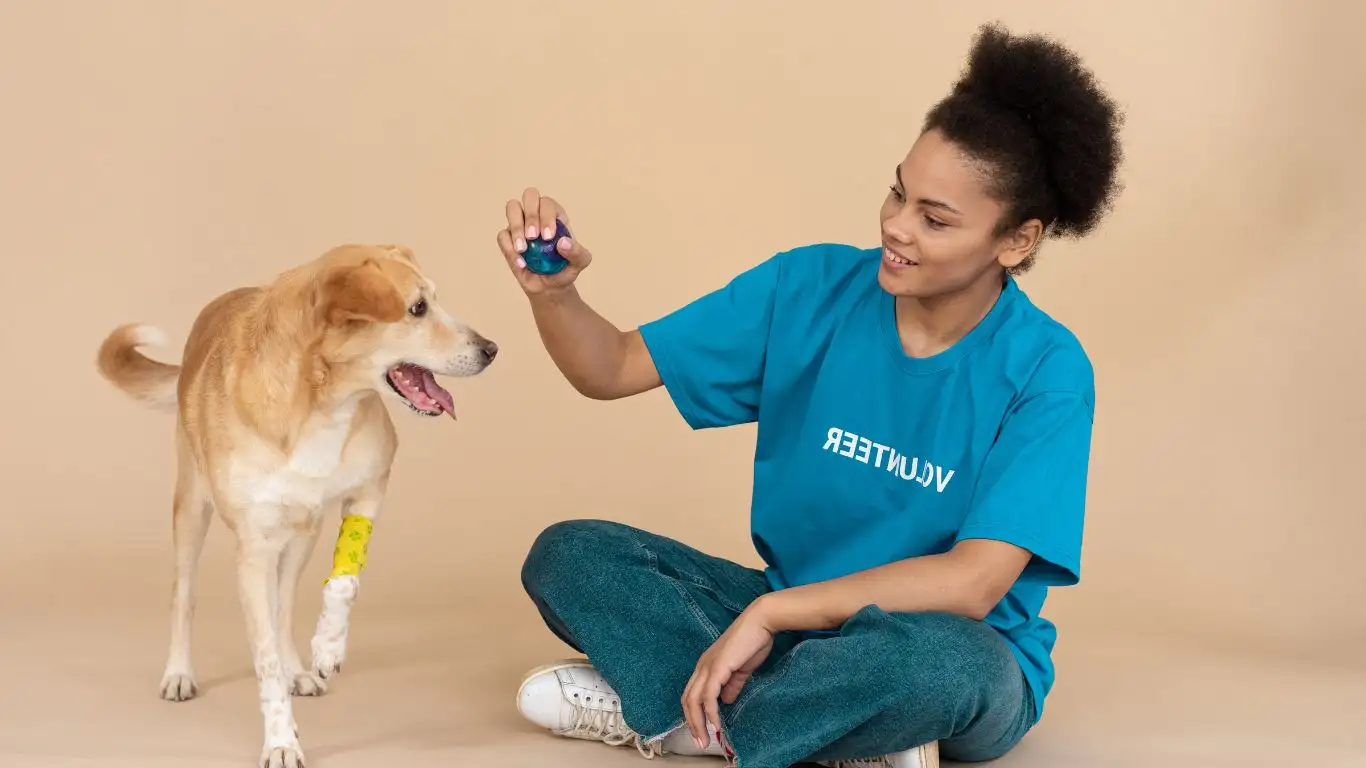
Step 1: Start With One Toy
Pick one toy with a distinct shape, color, and texture. Give it a name that’s short and snappy—think “Duck,” “Bone,” or “Froggy.” Say the name each time you offer it to your dog. While they’re sniffing, playing, or chewing it, say the name again. Keep it super positive—lots of praise and a treat if they show any interest after you say the name.
Step 2: Build the Association
This is where the real magic begins. Hold the toy, say its name, and reward your dog when they interact with it. Do this in short, fun sessions. Five minutes twice a day works wonders. You’ll want to repeat the name every time they touch or grab the toy. “Good Froggy!” or “Yes, Froggy!” helps reinforce the word positively.
Step 3: Add a Second Toy (Carefully!)
Once your dog consistently responds to the first toy, introduce a second with a different name. Keep them far apart visually at first. Hold up Toy #2 and name it. Repeat the same process as before. Only when they’ve built separate associations should you ask them to “Find Froggy” or “Get Duckie” from a lineup of both. Don’t rush this—it takes time, and some dogs need a week or two before they can distinguish between two toys reliably.
Step 4: Make It a Game
Turn it into a fun game of fetch or “find it.” Hide the toys in plain sight and ask for one by name. When your dog brings back the right one, throw a mini party—claps, treats, happy voices. The goal is to keep the energy upbeat and silly. If they bring the wrong one, just calmly reset and try again. No scolding—this should feel like a fun puzzle, not a test.
Common Mistakes to Avoid
Trust me, I’ve made all of these at some point:
- Switching names too soon: Stick with one toy until the name is solid.
- Reinforcing the wrong toy: Be careful not to accidentally reward your dog when they pick up the incorrect toy.
- Using similar-sounding names: “Piggy” and “Kitty” might sound too much alike. Keep names distinct.
- Burnout: Keep sessions short and sweet. If your dog starts zoning out, it’s time to take a break.
Real Talk: Not Every Dog Learns the Same
Some dogs are super toy-driven, while others are more food or attention-motivated. Tailor your approach to what your dog loves. One of my therapy dogs, Max, couldn’t care less about plushies—until we used toys that squeaked. That made all the difference. Adapt, be patient, and celebrate the tiny wins.
Advanced Techniques to Strengthen Toy Name Recall
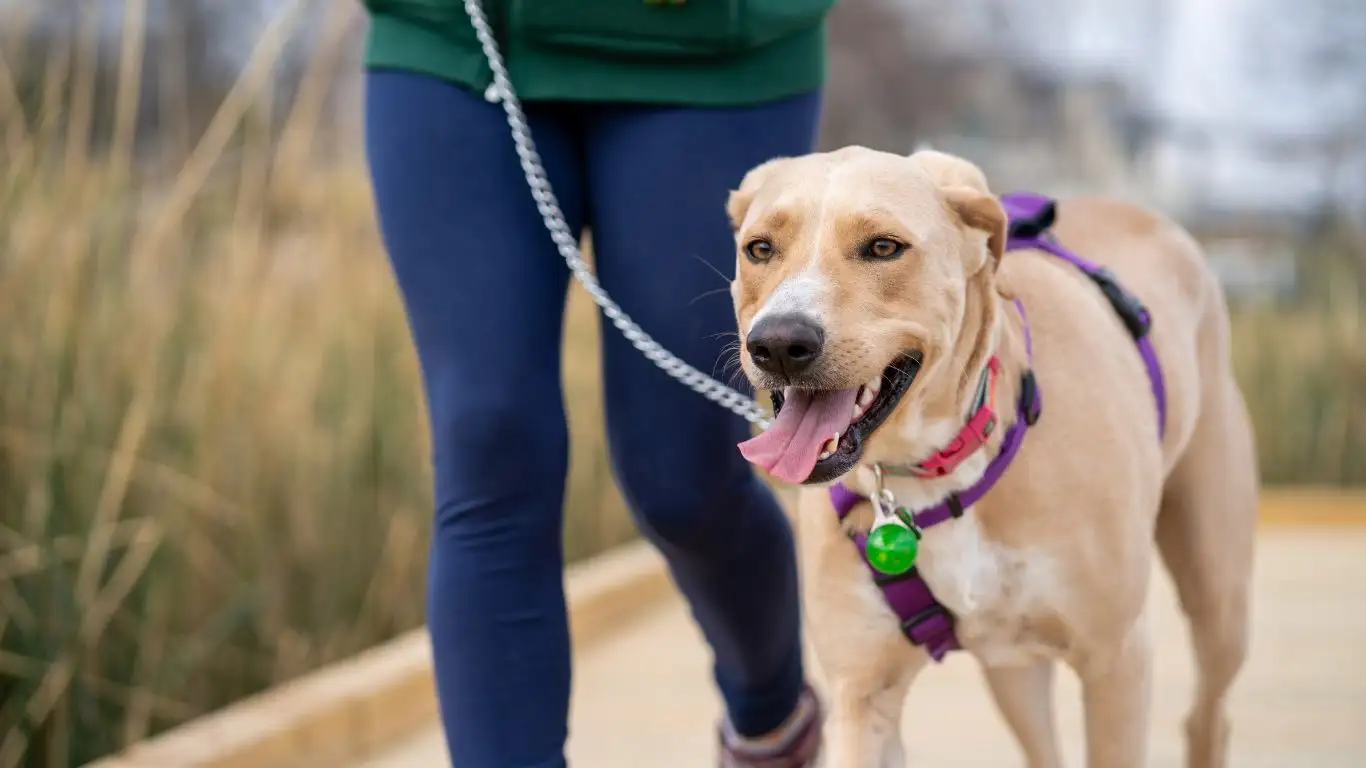
Once your dog’s picking out Froggy or Duckie like a pro, you might be tempted to coast there—but trust me, there’s so much more fun to be had. This is where we level up from “knows a few toys” to “this dog might secretly be a genius.” Plus, these advanced techniques are a total hit in therapy sessions or public demos. I once brought a toy-recognition game into a children’s hospital visit, and watching the kids light up when our therapy dog picked the right toy was just pure joy.
Practice in New Environments
Dogs are contextual learners. That means your pup might know “Froggy” at home but get confused at Grandma’s house or the park. So, practice in different rooms, outside, and even during short field trips. Start simple again in the new space—fewer toys, clear commands, high rewards. You’ll be surprised how fast they generalize the skill once they realize it’s the same game in a new place.
Increase the Difficulty Gradually
- Add more toys into the lineup.
- Mix in distractions like background noise or light movement.
- Start using the toy names in sentences: “Can you bring me Froggy?”
This kind of cognitive challenge can seriously tire a dog out—in the best way. I use this with my higher-energy dogs who need more than just a walk to burn off steam. Mental enrichment is just as valuable as physical exercise, especially for working breeds or young pups with busy brains.
What If My Dog Just Doesn’t Get It?
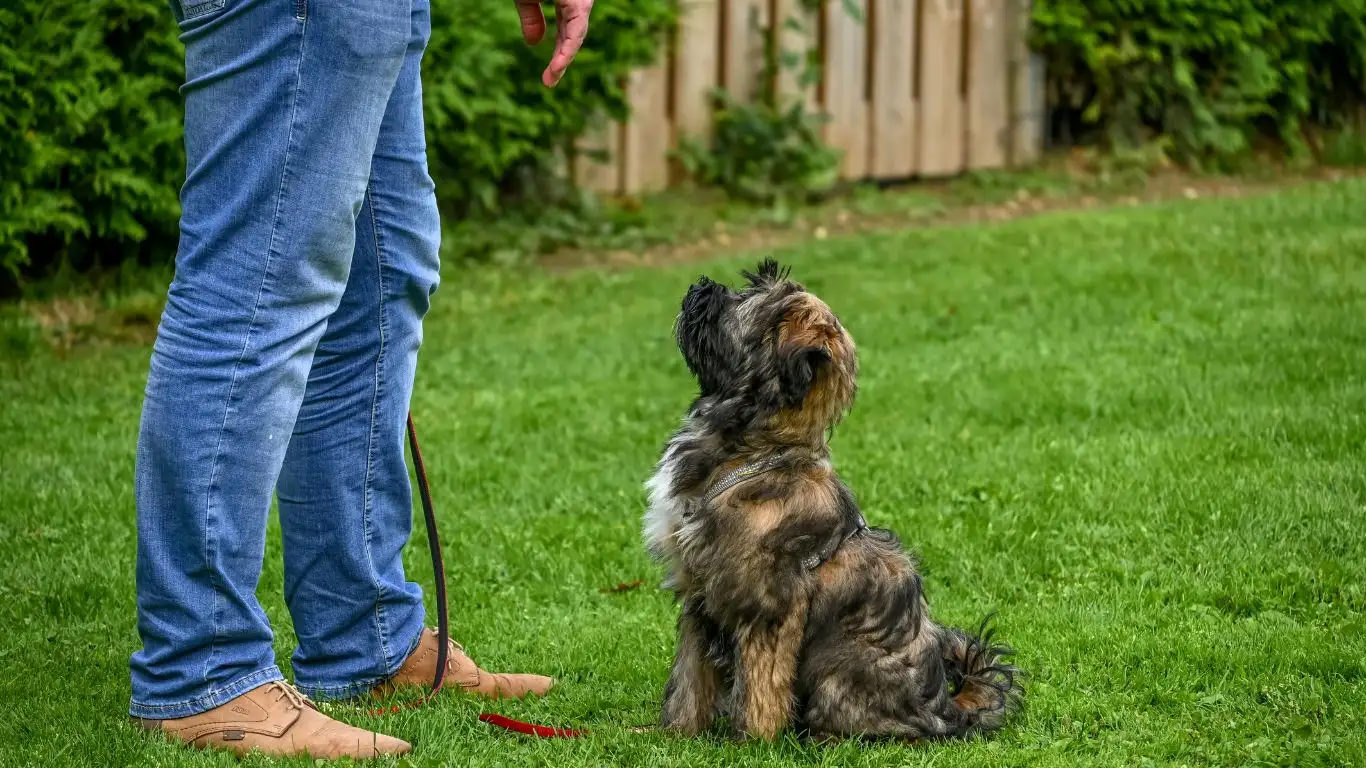
Listen, not every dog is going to master this in a week. And that’s okay. Some dogs are super visual, while others need more time and repetition. I once worked with a goofy Labradoodle named Otis who could do agility courses with his eyes closed—but toy names? Total flop at first. It turned out he was overwhelmed by too many choices. So, we went back to basics: one toy, one name, short sessions. A week later, he was nailing it.
Signs You May Need to Simplify
- Your dog always picks the same toy, no matter what name you say.
- They get visibly frustrated or disengaged during sessions.
- You’re accidentally switching toys or names too quickly.
If you notice these signs, hit pause. Go back to one toy and rebuild the association. There’s zero shame in a reset—it’s actually a sign of good training instincts.
Making It Part of Your Daily Routine

The secret to long-term success? Consistency without rigidity. Try folding toy name training into your everyday routines. Here are a few ideas I’ve used both at home and in therapy settings:
- Ask for a specific toy before mealtime: “Where’s Bunny?”
- Include it in play: “Let’s find Mr. Hedgehog!”
- Use toys as part of fetch or tug games.
- Get your kids involved—kids love calling out toy names, and dogs love the extra attention.
This casual repetition keeps the learning sharp without feeling like a chore. In therapy sessions, we often use toy names as icebreakers. A child might choose the toy for the dog to fetch by name, and it becomes an easy, joyful way to start building trust.
Rotate Toys to Reinforce Learning
Dogs, just like us, get bored with the same stuff. Every week or so, rotate toys in and out. When reintroducing a toy, say its name clearly and reward correct recognition. This keeps their memory fresh and prevents “over-familiarity” where they rely on guesswork instead of actual recall.
Signs Your Dog is Truly Learning
It’s a proud moment when you realize your dog is really getting it. Here are a few signs that all your hard work is paying off:
- They pause and look at the toy options when you say a name—this means they’re thinking!
- They consistently choose the correct toy, even when it’s further away or surrounded by others.
- They begin to anticipate certain toys during your daily routine, showing they’ve remembered the name without needing a command.
And don’t underestimate those little head tilts—they’re often signs your dog is processing what they’re hearing. I can’t count how many times I’ve seen a dog pause, tilt, then march off to proudly grab the right plushie. Melted my heart every single time.
Building Vocabulary Beyond Toys
Once your dog gets the hang of toy names, you can expand this technique to other objects. Want them to fetch your keys, or bring your slippers? Same concept, just different targets. In therapy work, we sometimes teach dogs to “bring the book” or “find the ball” as part of interaction games with clients. The possibilities are endless once the foundation is solid.
Of course, always keep safety in mind. Avoid using small or chewable objects that could be dangerous. And don’t push your dog to learn too many names at once. Think of it like building a vocabulary—slow and steady wins the race.
Encouraging Confidence Through Toy Training
One of the most unexpected but beautiful benefits of teaching a dog to recognize toys by name is how it builds their confidence. You’re giving them a chance to succeed, over and over. And that builds a dog who believes in their ability to problem-solve. I’ve seen anxious dogs transform into proud little learners just by mastering three or four toys. The look on their face when they get it right? Pure gold.
In therapy settings, this confidence translates to better focus, more engagement with clients, and an all-around happier, more balanced dog. At home, it makes for a dog who’s not just entertained—but mentally enriched and emotionally fulfilled.
Taking It Further: Enrichment Games and Real-Life Uses

So your pup has a mini vocabulary now—how cool is that? But here’s the thing: this is just the beginning. Once your dog knows a few toy names, you can turn this skill into all sorts of fun games, enrichment activities, and even practical routines around the house. And in my line of work as a Canine-Assisted Therapy Trainer, this isn’t just about tricks—it’s about creating more fulfilling lives for our dogs and more meaningful connections with the people they serve.
Enrichment Ideas Using Toy Name Recall
Dogs are natural problem-solvers. When we give them games that involve their brains, they’re more relaxed, focused, and less prone to behaviors like chewing furniture or barking at every squirrel in the zip code.
- Find It with a Twist: Ask your dog to find a specific toy and hide it somewhere tricky. Behind a curtain, under a cushion, inside a box—get creative!
- Memory Game: Show them two or three toys, then remove one. Ask them which one is missing.
- Sorting: With practice, you can even teach them to sort toys into bins or bring certain ones to different rooms.
One of my therapy dogs, Luna, loved doing a “clean up” game after sessions. We’d say the toy’s name, and she’d bring it back to her toy basket one by one. It became part of her wind-down routine, and she always looked so proud after finishing her job.
Getting the Whole Family Involved
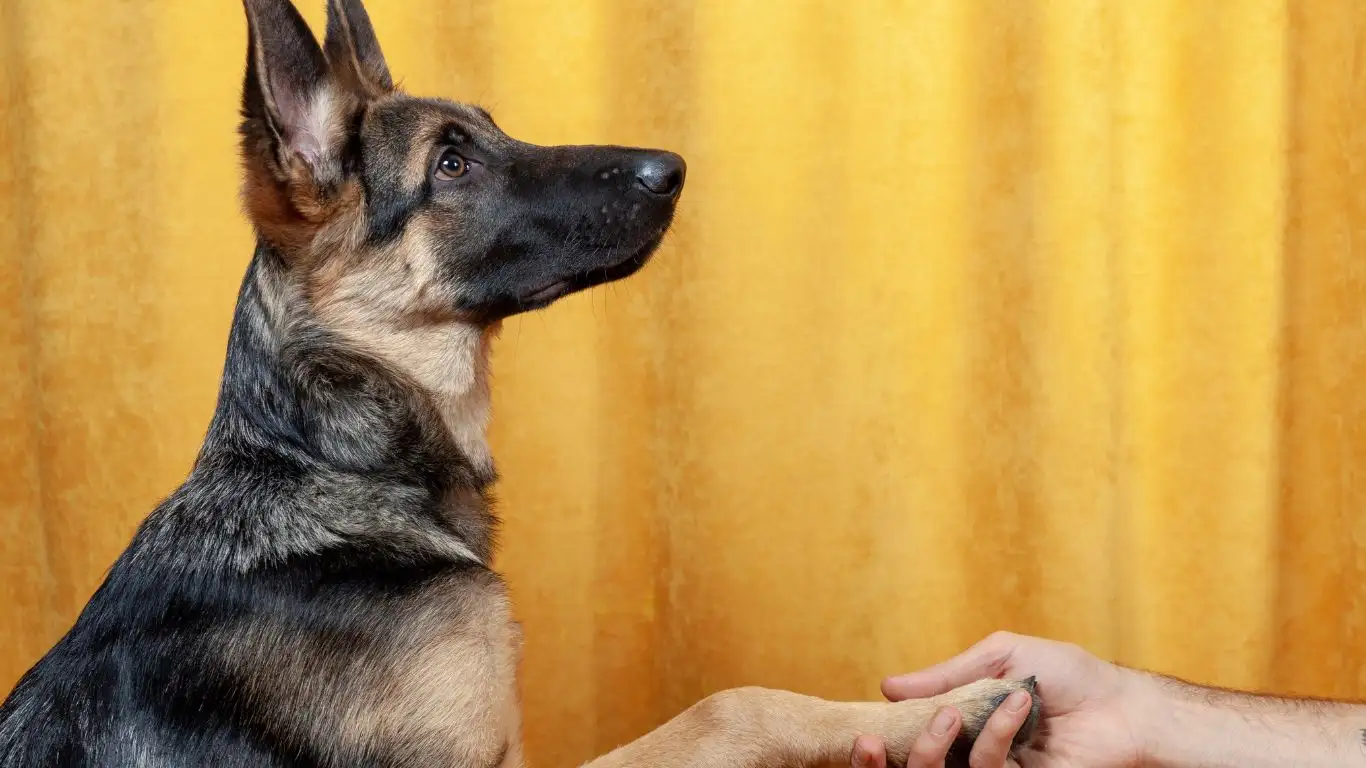
This kind of training isn’t just for professional handlers or therapy teams—it’s a perfect bonding activity for families. Kids especially love this stuff. They can help name the toys, set up the games, and cheer the dog on during play. It’s a screen-free way to connect, and it teaches kids a ton about patience, communication, and empathy.
Quick tip: give each family member a “toy command.” Maybe Mom teaches “Bunny,” and the kids teach “Tuggy.” This lets your dog learn that commands can come from anyone—and reinforces their ability to generalize words across voices and contexts.
Using Toy Recognition in Everyday Life
Here are a few ways I’ve seen this training go from playtime to practical use:
- Helping seniors: In therapy sessions at assisted living homes, we let residents ask the dog to bring a specific toy by name—it creates connection and encourages interaction.
- Physical therapy support: For clients recovering from injury, reaching or pointing to a toy becomes part of their rehab, with the dog as a cheerful assistant.
- Household help: Some dogs can graduate to fetching household items like slippers, water bottles, or remote controls—just label and name them!
The beauty of this is that it all starts with something simple: learning a toy’s name. From there, you can shape more complex behaviors with consistency and encouragement.
How Many Toy Names Can a Dog Learn?
It really depends on the dog, but most dogs can easily master 5–10 toy names with consistent training. Some exceptional learners, like Chaser the Border Collie, have memorized over a thousand. But that’s not the goal here. It’s not about the number—it’s about the quality of the interaction and the bond it builds between you and your pup.
That said, I’ve worked with dogs who surprised me. One little terrier I trained, Daisy, could confidently choose between eight toys after a few months of playful training. Her favorites were “Taco,” “Socks,” and “Nessie,” and she’d pick them out without hesitation when asked. It wasn’t about being the smartest—it was about showing up consistently and having fun together.
Tracking Progress: Tips & Tools
- Keep a toy log: Write down each toy name, description, and date introduced. You’d be amazed how helpful this is.
- Record sessions: A short phone video helps you spot patterns or see where confusion happens.
- Rotate practice days: Focus on two toys per session, then rotate the lineup during the week to keep things fresh.
References & Helpful Reading
If you’re interested in learning more about dog cognition, training theory, or enrichment ideas, here are a few trusted resources I often recommend to new trainers and dog parents:
- American Kennel Club (AKC) – Tons of tips on training, breed info, and behavior insight.
- PetMD – Great for health-related questions and dog lifestyle advice.
- National Institutes of Health (NIH) – Especially useful for research on canine cognition and therapy dog benefits.
- Health.com – Includes coverage on pet wellness and stress-reducing benefits of dogs in therapy settings.
Final Thoughts from the Field
Teaching your dog to recognize toys by name might sound like a niche skill, but it opens up an entire world of enrichment, connection, and communication. Whether you’re looking to impress friends, engage your pup’s brain, or enhance therapy work, this type of training is incredibly rewarding—for both you and your dog.
From a trainer’s perspective, it also shows how much dogs are capable of when we meet them where they are and give them time to learn at their pace. Every dog is different. Some zoom through the steps, others take a scenic route—but they all benefit from the journey.
Disclaimer
This article is based on personal experience as a certified Canine-Assisted Therapy Trainer and is intended for informational purposes only. It does not replace professional veterinary advice or behavioral consultation. Always consult with your veterinarian or certified dog behaviorist for individual guidance tailored to your dog’s specific needs.
